Most people think of ticks as nothing more than troublesome insects that they need to get out of their homes. However, their story is a little more complicated than that. The story of the tick starts small as just an egg. Don’t mistake their small size to mean they are safe; they pose a great risk if they manage to attach themselves to you. Anyone who loves an adventure in the great outdoors has to think about all of the possible critters around them.
If you come across baby ticks – also known as seed ticks – knowing a little more about them could make a big difference. Here are a few fun facts about seed ticks and tips on getting rid of them.
Fun Facts About Ticks
Ticks Are Related to Spiders

Mites have 4 pairs of legs like a spider, but lack the same segmented body.
©daksel/Shutterstock.com
Despite assuming that the tick is related to every other pesky insect, the tick is a parasitic arachnid. They share the same class as scorpions and spiders, but they fall under the Parasitiformes superorder, one of the two main groups of mites. Ticks are the most well-known species in the order, but thousands of different species are under it.
Like spiders, ticks have 8 legs, and they have no antennae. They follow the same 4 steps in their life cycle from egg to adult, but they are closer to a mite. At the larva – or seed tick – stage, the majority of deaths occur when the tick fails to latch onto a host. While both species are arthropods, spiders have a segmented body that the tick lacks. This lack of segmentation allows them to lay flat against the body of their host when they attach.
There are over 850 Types of Ticks
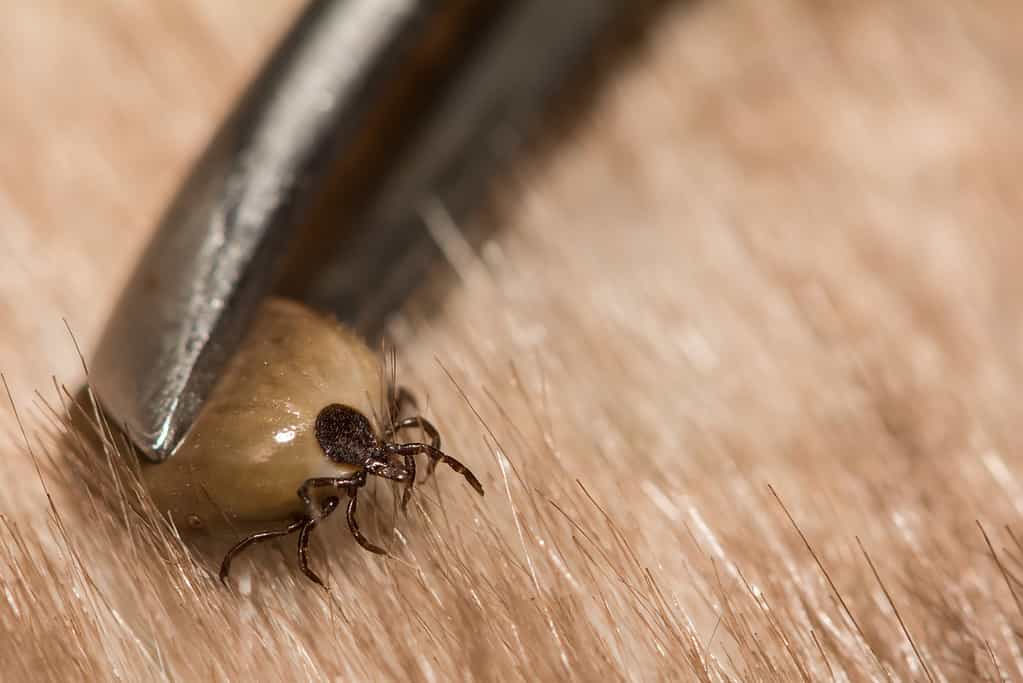
Ticks require blood for their daily nutrition as young as the larvae stage.
©JasonOndreicka/iStock via Getty Images
As troublesome as ticks are, you have over 850 species to worry about attacking you while outside. Of the hundreds you may encounter worldwide, less than 100 of those species are in the United States. Every state has ticks, but the types and diseases they bring will vary with the region. Pennsylvania has the most cases of tick-borne illnesses in the entire country with its abundance of wooded forests. Since ticks seek out lawns and shrubs, too, New York and New Jersey follow closely behind.
Their Prey Size Changes With Their Life Stage
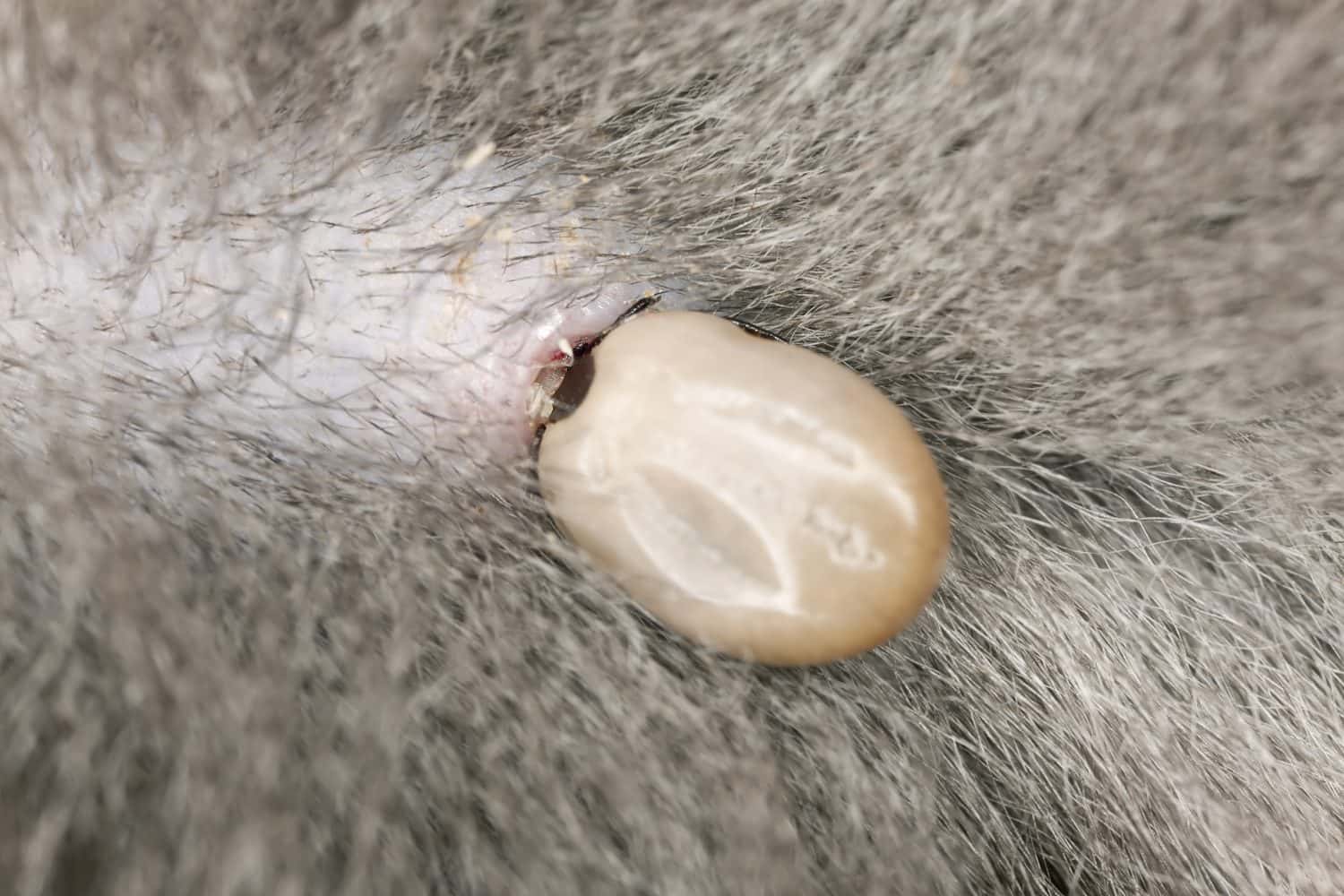
The size of a blood meal varies, but an adult consumes as much as 0.25 ounces at a time.
©Henrik Larsson/Shutterstock.com
Despite the many variations, the entire tick family relies on blood for their nutrition. The American dog tick, also known as the wood tick, is the most likely tick to come across. As adults, they feed on any medium to large mammal, including raccoons and humans. When they are younger seed ticks, their diet includes smaller mammals like mice or birds. Since they are parasitic creatures, they latch onto their host to have a continuous supply of food until they run out of food or the host removes them.
Ticks Give Scientists Important Information About Local Environments
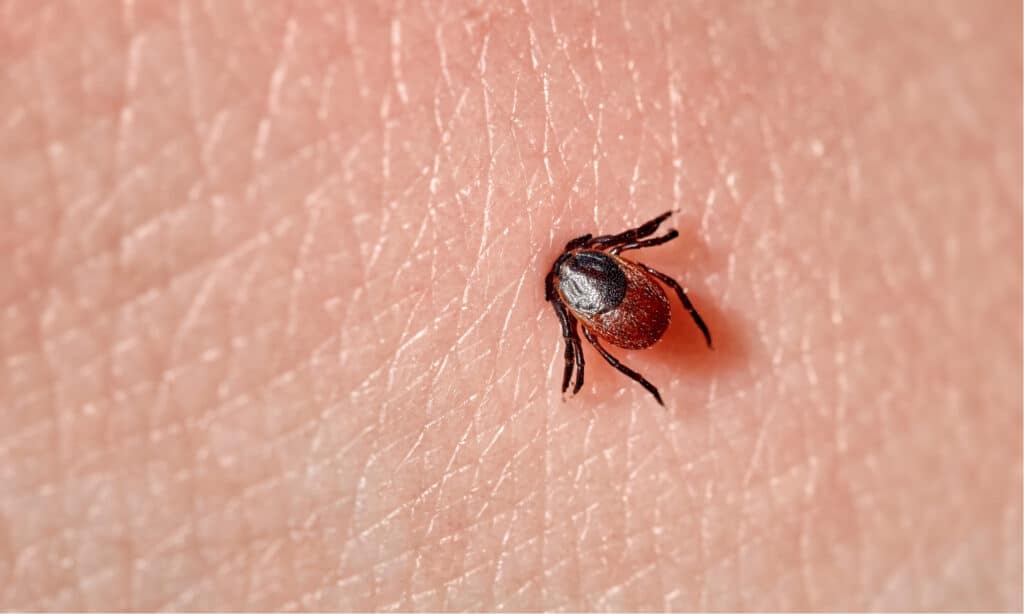
An area with a high tick population usually has fewer predators to hunt their hosts.
©Evgeniyqw/Shutterstock.com
Ticks pose an incredible threat to anyone they attach to, so why aren’t more widespread efforts made to get rid of them? Scientists use the local numbers of ticks to tell them about the local environment. When an area has a high number of ticks, there is also a high abundance of food. Researchers use this information to learn about the high densities of different mammals, including rabbits, rats, and raccoons.
If an environment doesn’t have many ticks, most people feel relieved. However, low populations tell scientists that small prey mammals have larger predators hunting them more. If the appetite of local predators rises, their population also rises. Ticks provide scientists with a better understanding of other animals that need their population controlled. When they aren’t around, it is a major cause of concern.
Some Seed Ticks Don’t Mature Into Adults Until They Are 3 Years Old
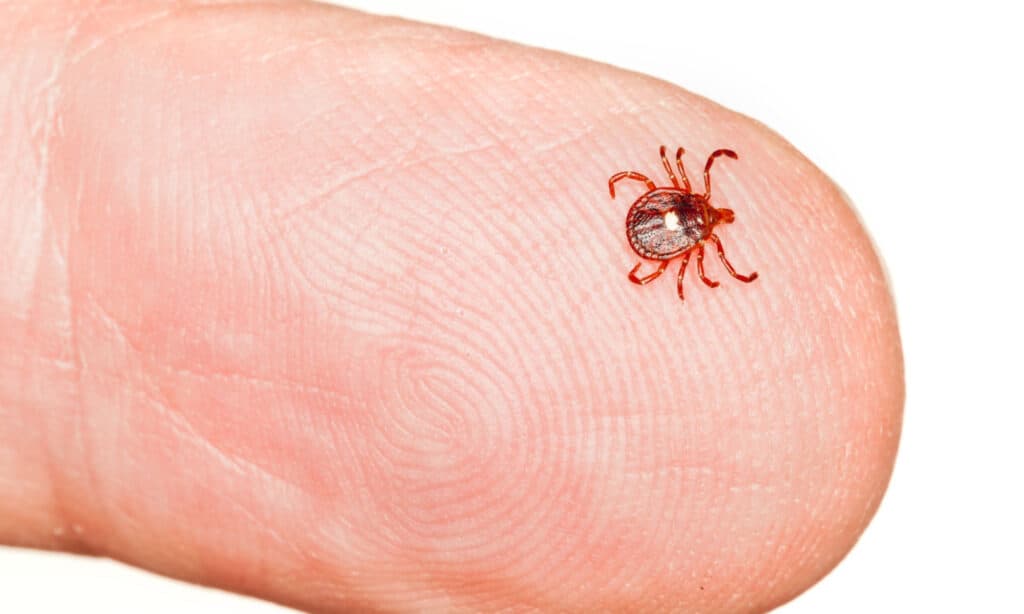
The average lifespan of a tick lasts 2-3 years, dying shortly after reaching adulthood.
©Steve Heap/Shutterstock.com
While any amount of time with a tick issue is too much, these arachnids won’t become a problem as an adult until closer to age 3. The full lifespan of the tick varies with the speed of their lifecycles, but having a lower population or the wrong humidity levels greatly reduces it. Even with this short lifespan, each step of their life stage takes time to gather nutrients and progress.
Each life stage takes 3-5 months, but they molt multiple times before they establish the hard shell of an adult. The process of molting is slow, leaving them especially vulnerable to extermination. Ticks naturally reproduce as much as possible to expand their population until they diet. While a female has many eggs in her life, males only make it through a single mating session.
They Use Static Electricity to “Fly”
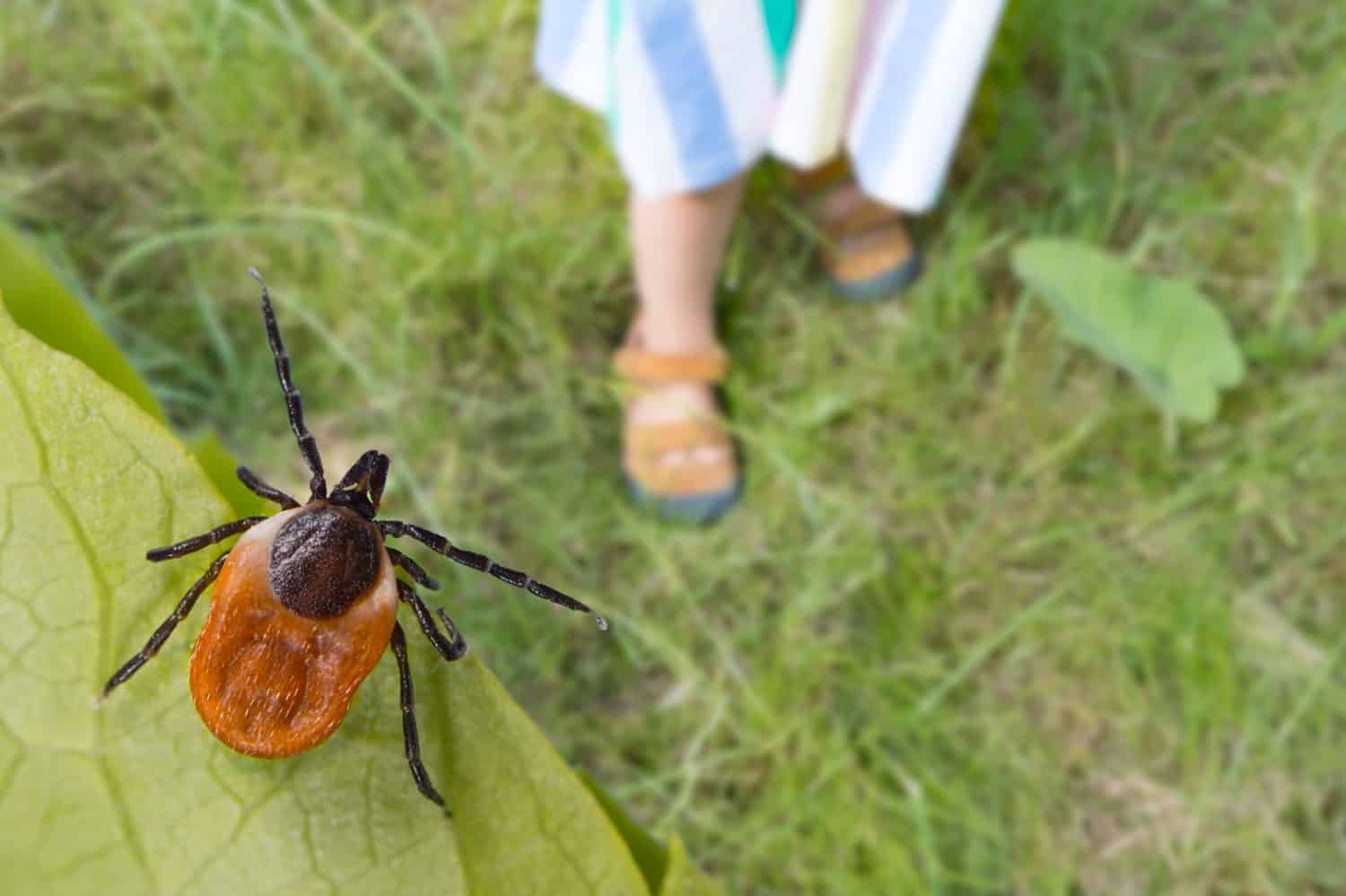
Scientists used the castor bean tick to recreate this static flight in lab tests.
©KPixMining/Shutterstock.com
Without any wings, how can ticks fly? As they trek along the grass, this friction causes static electricity to build up passively. The electricity propels ticks about 3-4 times the length of their body. While they have no wings to push them into full flight, this brief moment allows them to “fly” a short distance. It also allows them to reach their host to latch on and feed.
How to Get Rid of Seed Ticks

Proper application of pesticides and growing a few important plants reduce tick populations greatly.
©Worledit/ via Getty Images
If you ever see a seed tick in your garden, on your pet, or yourself, you need to be prepared. Every second the seed tick remains attached to whatever surface it’s on, it pulls nutrients from its host. Even if it only stayed on a moment, they cause disease and put any living thing at risk. Here are a few ways to get rid of seed ticks.
Pesticides Help to Manage Large Tick Populations
If you have to deal with an infestation in your home or garden, insecticide is one of the most aggressive ways to handle unruly populations. Many gardening enthusiasts use a permethrin-based spray, making it safe to use on animals and common surfaces safely. Still, this product is a chemical, and the best way to handle any aggressive chemical is with the right protective clothing.
To properly protect your yard, use a garden sprayer or a hose sprayer to disperse the chemicals over your entire tick population. Make sure to properly saturate the edges of their habitat while keeping it from the rest of your lawn. This distinct barrier reduces your chemicals and concentrates as much of it as possible among the eggs, larvae, and adult ticks.
Preserving Your Yard From Baby Ticks Might Take Physical Barriers
The topical treatment of seed ticks directly hits their local population, but you want them to stay away once they go. If your lawn reaches a forest area or single trees, use gravel or wood chips to create a physical line between them. By establishing this barrier, fewer ticks take on the challenge of getting into your yard.
With this protection, you must also keep your yard tidied up so the ticks don’t find somewhere else to hide. Leaf litter is a major source of shelter for them, but any furniture or playground equipment must also be checked regularly. Mow regularly to both disturb any clusters of eggs or larvae and to remove any clutter that shelters them.
Diatomaceous Earth Offers A Natural Solution for Pest Control

Diatomaceous earth consists of up to 90% silica.
©FotoHelin/Shutterstock.com
Using diatomaceous earth for pest control is natural and safe. The main idea behind using diatomaceous earth is that it dehydrates the pests with which it comes in contact. While it is completely natural, the powder is easy to breathe in accidentally. Make sure to wear a mask initially, but the powder settles fast. Once it is settled, it is no risk to anyone but the pests that it targets.
To prepare the space, sprinkle the diatomaceous earth powder with an evenly distributed but thin layer. Focus on finding spots where spiders and insects enter the home or other spaces. With the tiny barbs in the powder, insects first become injured with its texture. Then, with these barbs along their body, it starts to dehydrate them. Though the process takes a few days, the insect meets its untimely end effectively.
Create a Shield of Tick-Damaging Plants
The balance of your garden might attract ants at the moment, but adding a few important plants to your soil provides you with a unique way to rid the yard of them. Though the application of pesticides and the creation of a barrier are necessary, they aren’t foolproof. Seed ticks still have the drive to reach your lawn and gardens in many cases, but planting a few helpers in your garden offers another line of defense.
Rosemary naturally contains a scent within its oils that ticks find repulsive. Even the slightest scent of rosemary in the air is enough to keep ticks from that area while including a useful herb for later. Wormwood, garlic, lavender, and mint also overwhelm the olfactory receptors of the tick, keeping them away.
Protect Yourself from Tick Bites Topically

The best way to protect yourself anywhere from ticks is with topical application of DEET, repelling ticks for decades.
©Elizaveta Galitckaia/Shutterstock.com
If you spend a lot of time outdoors, wearing repellent is the best way to overcome the risk. The most popular repellent on the market today is DEET (N-Diethyl-meta-toluamide). Originally distributed in the 1950s, most brands are relatively affordable. To get the best protection possible, look for products that have at least 20% concentration.
Much like the new plants in your garden, DEET has a bad taste and smell that ticks prefer to stay away from. Once you apply the repellent, it leaves no color or stain behind. DEET is safe for children and adults alike, but it shouldn’t be an all-day treatment. Always wash your hands after applying it so you don’t accidentally ingest it.
The photo featured at the top of this post is © Judy Gallagher / CC BY 2.0 – License / Original
Thank you for reading! Have some feedback for us? Contact the AZ Animals editorial team.






